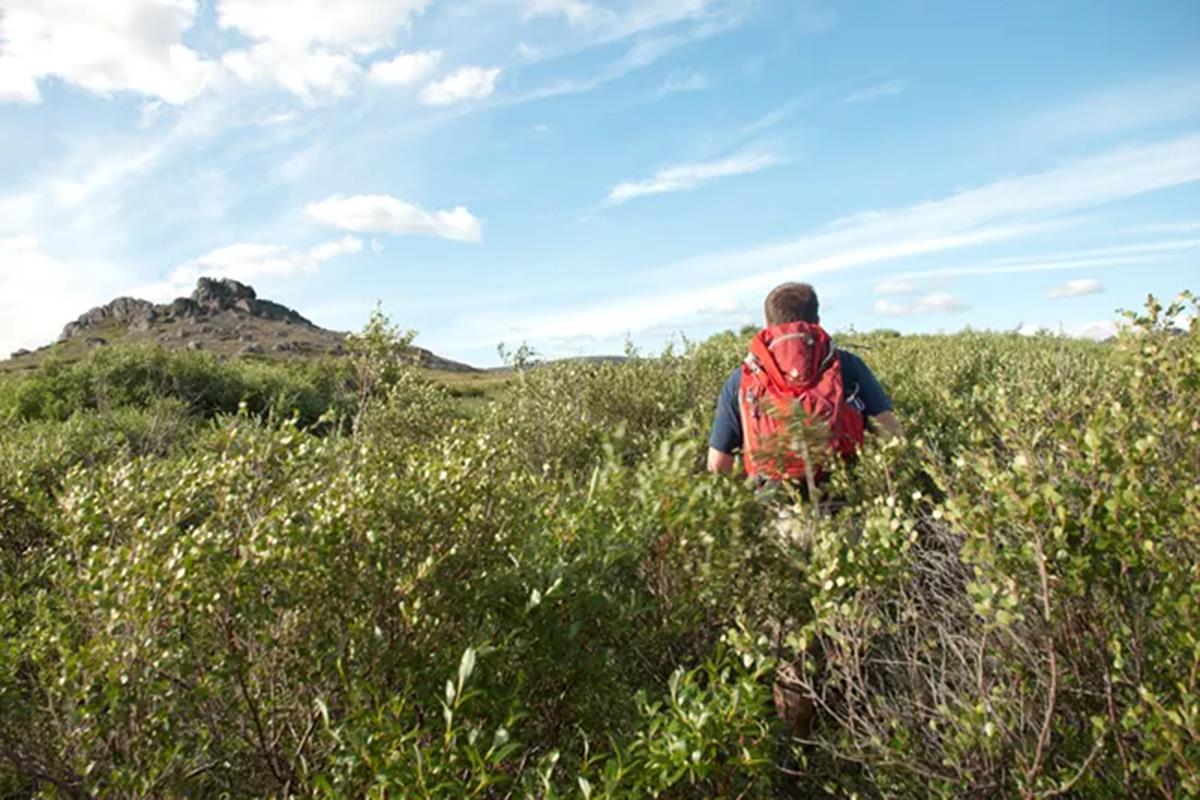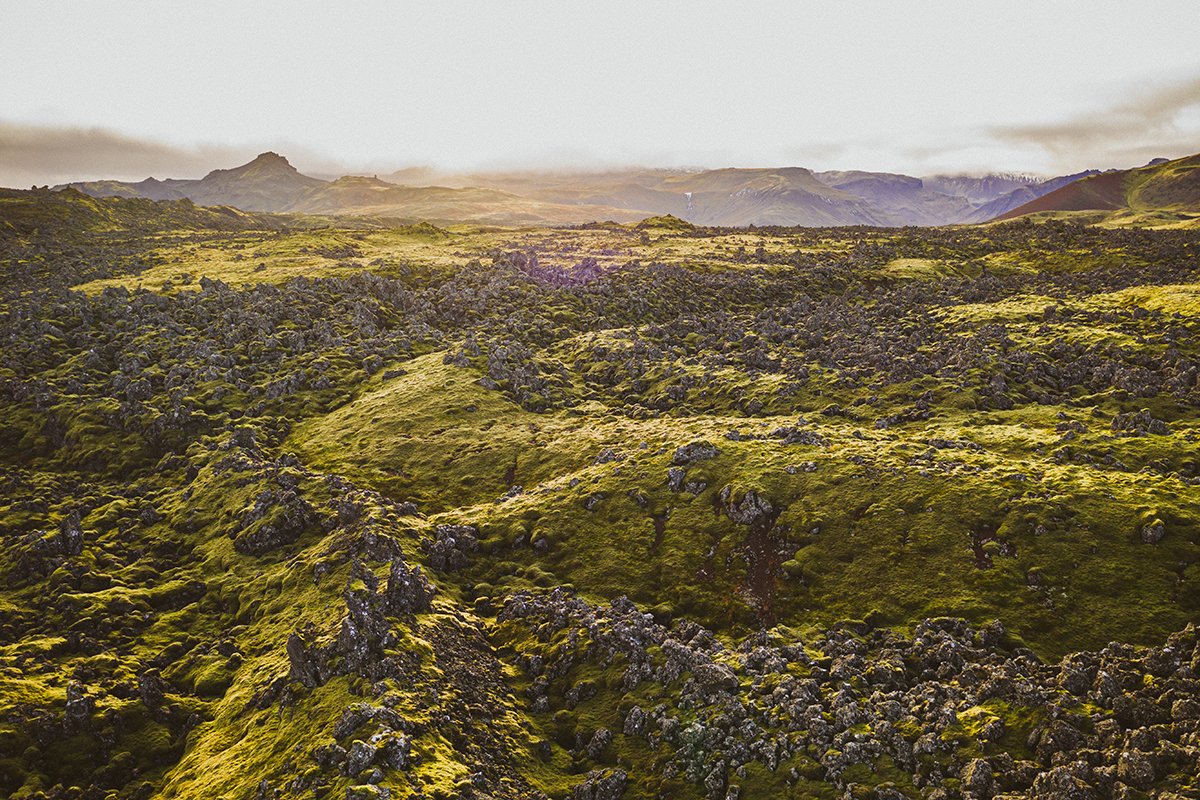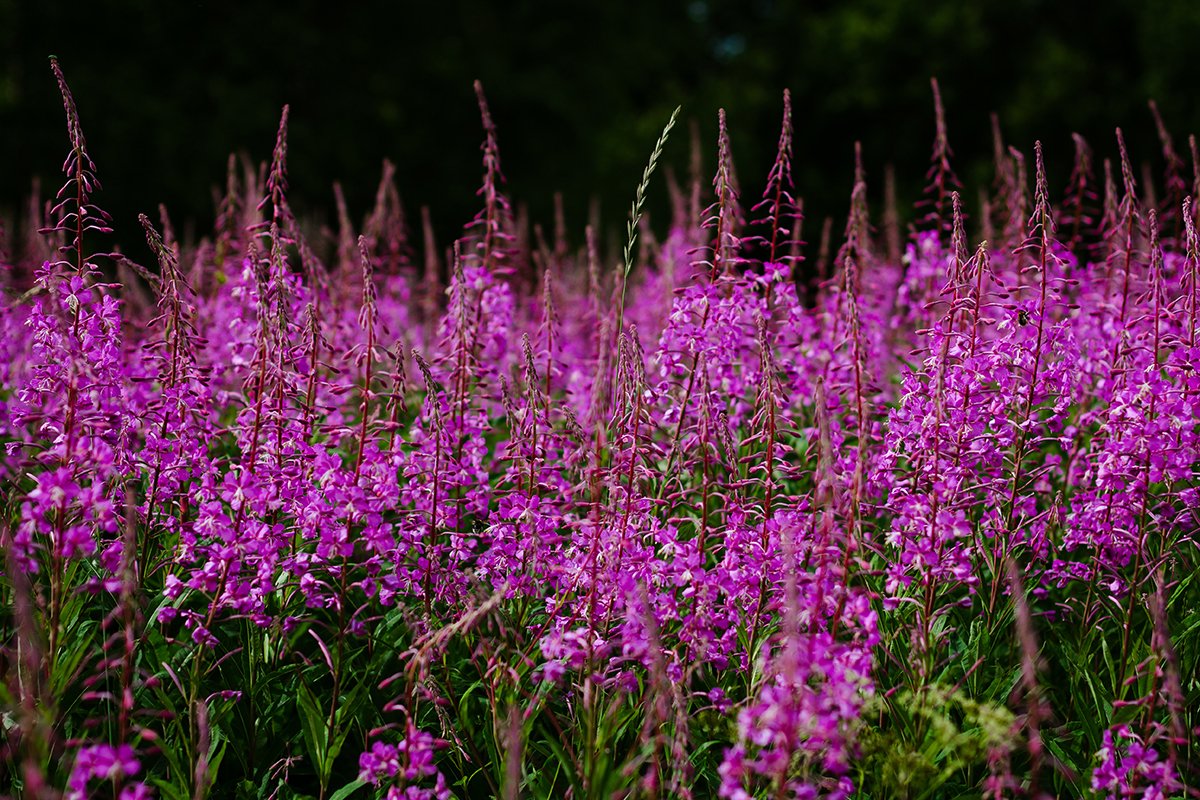Anywhere that plants can grow is a good place to look for food—and that includes Arctic regions. Learning how to find food in the wild is a good skill to have and might prove vital in a life-saving situation.
“Learning how to live off the land is an essential skill for anyone who wants to be prepared in case they ever find themselves in a survival situation,” says Bear in his book Extreme Food.
Arctic regions are not obvious places where you would expect to be able to forage for food—in fact, food can be quite scarce, conditions might be tricky and you might have competition from wildlife.
However, Bear says that if you know what you are looking for, you can find something to eat even in some of the planet’s most inhospitable places.
So what does Bear forage for in the Arctic?
Disclaimer: Foraging for wild plants is not for beginners. Never eat anything you are unsure about. Many plants are poisonous and can be deadly. Take caution and do your research before foraging and consuming anything foraged in the wild.
Arctic Willow

Image by National Parks Service
“This is one of the best sources of Vitamin C in the tundra,” says Bear in Extreme Food.
Look out for a low shrub—the Arctic willow does not grow more than about six inches high. The leaves are round, shiny and green. It can also grow for a long time—a plant can live more than 100 years.
When you find the plant, you can eat everything—the bark, the roots (peel them first), the leaves, and even the young shoots.
Iceland Moss

Image by Josh Withers
This is an Arctic-alpine lichen, which looks like moss. Iceland moss only grows a few inches high and it can be any color from white to grey, or chestnut-brown.
Bear says: “Most lichens are edible, including this stuff, which grows well in the otherwise forbidding Arctic regions.”
Soak it in water, and then boil it, to remove its bitter taste. It feels dry to the touch but becomes more malleable when soaked. Bear’s tip is that it stores really well when dried.
Fireweed

Image by K8
This is a herbaceous flowering plant, and while the name doesn’t sound very appetizing, it can also be a handy survival food. It can grow up to 8 feet tall, and the flowers are a magenta-pink color.
“For the Inuit, it’s a valuable food source—they eat it as a salad alongside seal and walrus blubber,” says Bear in Extreme Food.
You can eat every part of the fireweed plant—Bear eats the young shoots, stems, and leaves either raw or simmered. His tip is to split the stems in half to get to the soft edible sections of in the middle.
“Later in the year, the seed pods become covered in a wooly fluff which you can use as tinder for starting a fire. I guess that’s where the name comes from,” says Bear.
Bear says to look out for cloudberries and salmonberries too—but remember that many plants are poisonous and can be deadly. Always use a field guide and expert sources to identify plants correctly before foraging for them.
The post Bear Grylls Can Find Food Anywhere, Even in the Arctic appeared first on Outdoors with Bear Grylls.
https://outdoors.com/bear-grylls-tips-for-foraging-in-arctic/
 CampingSurvivalistHuntingFishingExploringHikingPrivacy PolicyTerms And Conditions
CampingSurvivalistHuntingFishingExploringHikingPrivacy PolicyTerms And Conditions
